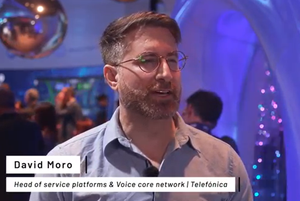Casa Systems Inc logo visible on screen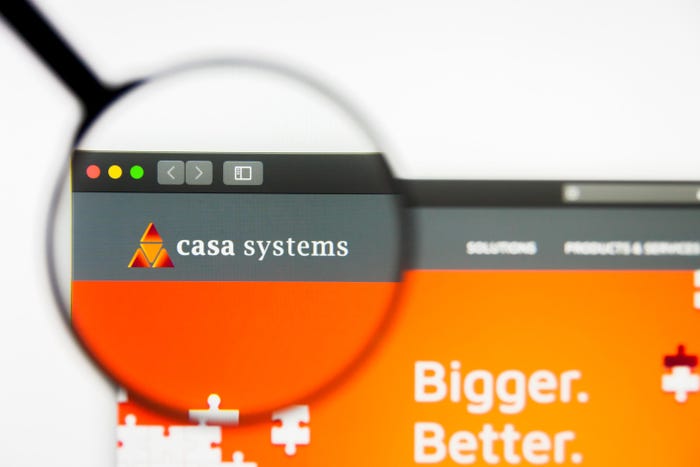
Mobile Core
The inside story of Casa's rise and fall in 5GThe inside story of Casa's rise and fall in 5G
Casa Systems got into the wireless industry in 2016, eventually investing $130 million into the effort. Earlier this month the vendor said it would sell its wireless business for just $15 million.
Subscribe and receive the latest news from the industry.
Join 62,000+ members. Yes it's completely free.



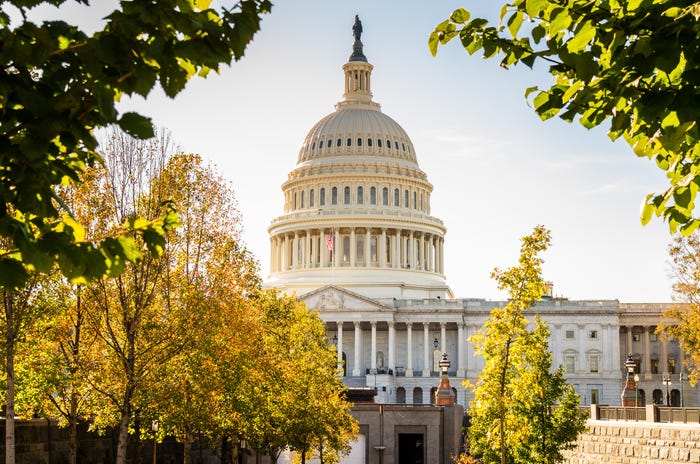
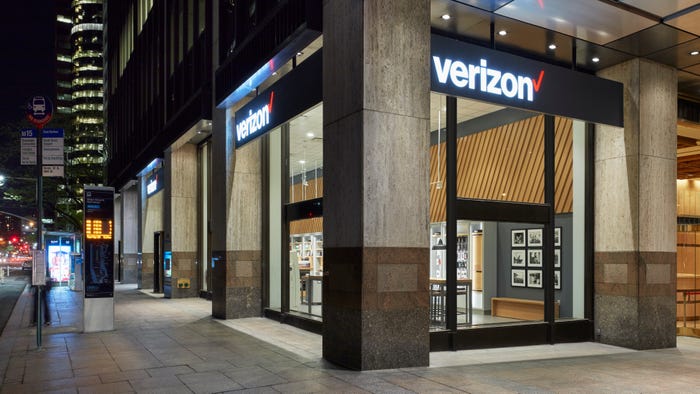
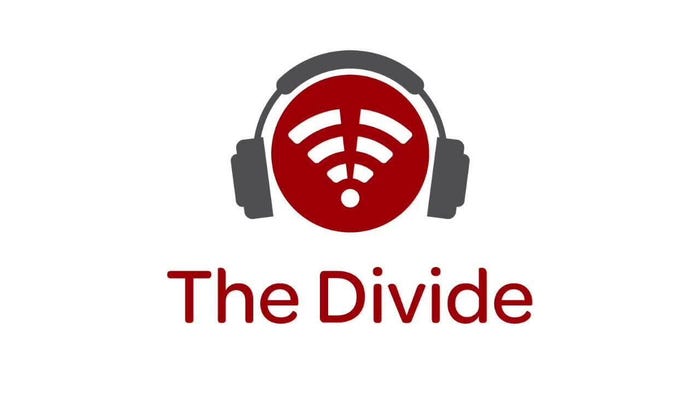























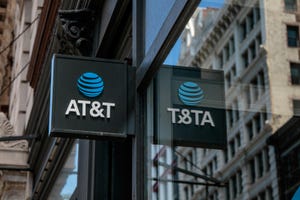








.jpg?width=300&auto=webp&quality=80&disable=upscale)




